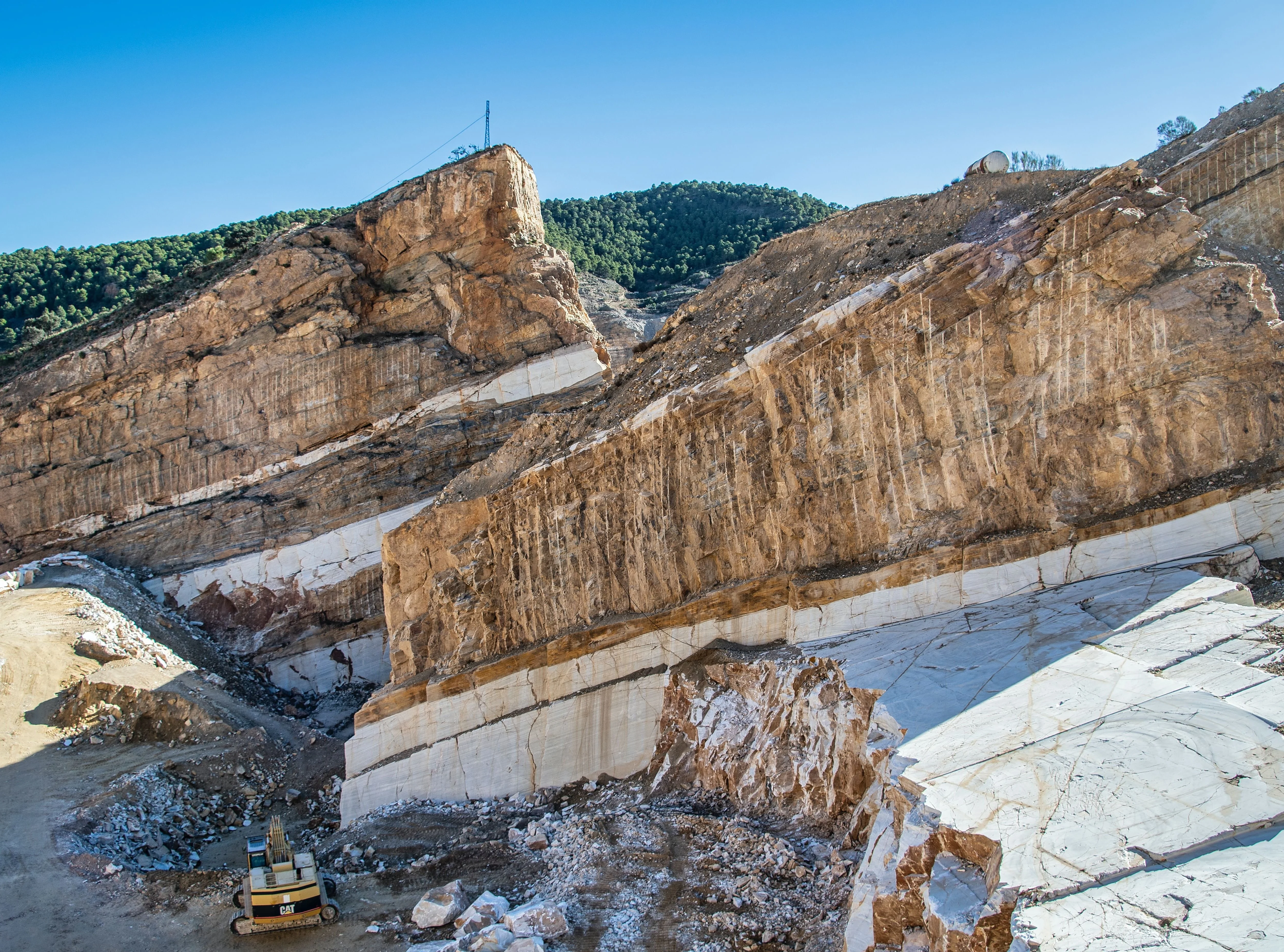professional manufacture of
inoganic powder & white filler
APEX
|Raw Material Manufacturer
Calcium Carbonate, Slaked Lime, Quicklime, Talcum Powder

Website Design Copyright 2025 © 竹新化學股份有限公司 & 頂烽企業股份有限公司
All Rights Reserved. 網頁設計 by 覺醒設計
ABOUT US

Chu Shin Chemical Co., Ltd aka APEX, founded in Taiwan in 1974, boast a legacy of excellence. We commitment to quality earned them ISO9001 international certification in 2006. In 2019, we expanded into Vietnam, with the establishment of APEX-VN Co., Ltd, covering an expansive 30,000 square meters in Pingyang. Taiwan serves as our dynamic research and development hub, renowned for its expertise in inorganic powder manufacturing and exceptional raw material import-export services. Meanwhile, Vietnam stands as a pivotal Southeast Asian market gateway. Our core specialization lies in the precision manufacturing of vital raw materials, encompassing calcium carbonate, quicklime, hydrated lime, and talcum powder.
core advantages
International Standards
Customized OEM
Automated Factory
Transportation Sector


PRODUCT
INTRODUCTION
Our company specializes in the manufacturing and production of raw materials such as calcium carbonate, quicklime, hydrated lime, and talcum powder. Taiwan serves as our research and development center, while Vietnam acts as the core of the Southeast Asian market. We provide professional inorganic powder manufacturing and raw material import-export services.
APPLICATION
FIELD
01Rubber
02Plastic
03Painting & Ink
04Paper
05Building Materials
06Environmental
07Agriculture













Rubber
Calcium carbonate enhances rubber performance.
Plastic
Calcium carbonate can enhance plastic strength and contribute to eco-friendly plastic reduction.
Painting & Ink
Calcium carbonate improves the density and durability of paint. Talc powder enhances smoothness and uniformity.
Paper
Calcium carbonate improves print quality and economic benefits.
Building Materials
Calcium carbonate enhances the quality and strength of construction materials.
Environmental
The use of calcium oxide (quicklime) in wastewater purification treatment
Agriculture
Agricultural soil improvement, livestock environment enhancement, aquaculture water quality purification
LATEST NEWS

2024.12.09
Talc Powder: Features by Origin and Application Guide
Talc powder properties vary by origin: China offers high whiteness and purity, India excels in ceramics, the U.S. prioritizes heat resistance, while Brazil and Pakistan provide cost-effective options. Australia and Europe focus on premium uses. APEX-TW sources premium talc powder from the Middle East and China, precisely controlling key factors to meet global needs in plastics, coatings, and construction.
MORE

2024.11.28
APEX-TW Showcases APEX-VN at Vietnam Plas 2024, Driving International Growth
APEX-TW presented its subsidiary, APEX-VN, at the 2024 Vietnam Plas exhibition in Ho Chi Minh City, showcasing cutting-edge products like calcium carbonate, talc powder, filler masterbatch, and PVC compounds. The event highlighted APEX-VN's innovative technologies and commitment to sustainable development, drawing significant international attention and fostering potential partnerships. Supported by APEX-TW's technical expertise and resource integration, APEX-VN demonstrated its ability to deliver efficient and high-performance material solutions, strengthening its influence in the global rubber and plastics market. For more details, visit the APEX-VN Official Website or explore the APEX-VN Product Overview.
MORE

2024.08.20
TaipeiPlas 2024: APEX Group showcases Innovative Inorganic Powder Technologies
The TaipeiPlas 2024 will be held from September 24 to 28 at the Taipei Nangang Exhibition Center. APEX Group will showcase innovative technologies in inorganic powder, and we invite you to visit our booth N0102 to explore the latest inorganic filler material solutions. We offer professional product demonstrations and technical support, along with innovations that enhance product performance and production efficiency. Please schedule a meeting in advance, and we look forward to connecting with you at the exhibition!
MORE

2024.04.30
Understanding the Three Grades of Talc Powder
APEX-TW will explore the applications and distinctions of talc powder in different grades. From pharmaceuticals to cosmetics, and then to industrial purposes, talc powder plays various roles. We will guide you through the characteristics and usage of talc powder in each grade, as well as relevant safety regulatory measures. Looking to find the most suitable talc powder for your needs? This article provides some practical advice for selecting talc powder.
MORE

2024.04.08
Important Notice Regarding the Recent Taiwan Hualien Earthquake Incident
Important Notice Regarding the Recent Taiwan Hualien Earthquake Incident
MORE

2023.12.07
Apex explores local rubber and plastics markets, actively participating in the 2023 Japan International Plastic Fair (IPF Japan)
Apex boldly joined the 2023 Japan International Plastic Fair (IPF Japan) to explore global rubber and plastics markets. This significant expo fosters professional exchange and learning while offering insights into local market trends and business opportunities. Apex actively engages, aiming to enhance understanding, expand business, and gain valuable insights into Japan's rubber and plastics market.
MORE

2023.07.31
Calcium Carbonate Powder: Small Powder, Big Differences!
You may have never heard of "calcium carbonate powder" before, but don't underestimate it. This tiny powder plays a significant role in our lives, and it's quite versatile!
MORE

2019.07.08
5 Chemistry Basics Everyone Should Know
Currently, we can read many reports in the media about science, health, and food. These reports provide information about scientific developments, health issues, and food safety. From new technological breakthroughs to dietary recommendations, these reports not only enhance our understanding of current scientific advancements but also enable us to make wiser lifestyle choices.
MORE

24
2024.12
APEX-TW Christmas Gift Exchange Event
APEX-TW celebrated Christmas with a fun gift exchange, including the hilarious "Hell Gift" segment, enhancing team spirit and bringing joy. Dedicated to innovation and quality, APEX-TW continues to provide high-value material solutions and a vibrant work environment!
MORE

09
2024.12
Talc Powder: Features by Origin and Application Guide
Talc powder properties vary by origin: China offers high whiteness and purity, India excels in ceramics, the U.S. prioritizes heat resistance, while Brazil and Pakistan provide cost-effective options. Australia and Europe focus on premium uses. APEX-TW sources premium talc powder from the Middle East and China, precisely controlling key factors to meet global needs in plastics, coatings, and construction.
MORE

28
2024.11
APEX-TW Showcases APEX-VN at Vietnam Plas 2024, Driving International Growth
APEX-TW presented its subsidiary, APEX-VN, at the 2024 Vietnam Plas exhibition in Ho Chi Minh City, showcasing cutting-edge products like calcium carbonate, talc powder, filler masterbatch, and PVC compounds. The event highlighted APEX-VN's innovative technologies and commitment to sustainable development, drawing significant international attention and fostering potential partnerships. Supported by APEX-TW's technical expertise and resource integration, APEX-VN demonstrated its ability to deliver efficient and high-performance material solutions, strengthening its influence in the global rubber and plastics market. For more details, visit the APEX-VN Official Website or explore the APEX-VN Product Overview.
MORE

21
2024.11
APEX-TW joins hands with ICMT and APEX-VN to participate in TaipeiPLAS 2024
TaipeiPLAS 2024, held at the Taipei Nangang Exhibition Center, showcased nearly 500 exhibitors from the rubber and plastics industry. The event attracted over 16,000 professionals and more than 2,500 international buyers, highlighting TaipeiPLAS's significant role in the Asian market. APEX-TW, ICMT, and APEX-VN demonstrated cutting-edge calcium carbonate masterbatch, inorganic powder, and masterbatch technologies. Their innovations, including advancements in weather resistance, abrasion resistance, and cost reduction, support sustainable development. This collaboration emphasizes their leadership in delivering eco-friendly, high-performance solutions for the global rubber and plastics market.
MORE

20
2024.08
TaipeiPlas 2024: APEX Group showcases Innovative Inorganic Powder Technologies
The TaipeiPlas 2024 will be held from September 24 to 28 at the Taipei Nangang Exhibition Center. APEX Group will showcase innovative technologies in inorganic powder, and we invite you to visit our booth N0102 to explore the latest inorganic filler material solutions. We offer professional product demonstrations and technical support, along with innovations that enhance product performance and production efficiency. Please schedule a meeting in advance, and we look forward to connecting with you at the exhibition!
MORE

30
2024.04
Understanding the Three Grades of Talc Powder
APEX-TW will explore the applications and distinctions of talc powder in different grades. From pharmaceuticals to cosmetics, and then to industrial purposes, talc powder plays various roles. We will guide you through the characteristics and usage of talc powder in each grade, as well as relevant safety regulatory measures. Looking to find the most suitable talc powder for your needs? This article provides some practical advice for selecting talc powder.
MORE

10
2024.04
The Path to Carbon Neutrality with CBAM: The Advantage of Lime in Carbon Capture
With the arrival of CBAM, global manufacturers are facing unprecedented challenges in carbon neutrality. This mechanism imposes carbon tariffs on imported products, not only intensifying market competition but also compelling global enterprises to reassess their carbon footprint to embrace the global wave of carbon neutrality.
MORE

08
2024.04
Important Notice Regarding the Recent Taiwan Hualien Earthquake Incident
Important Notice Regarding the Recent Taiwan Hualien Earthquake Incident
MORE

07
2023.12
Apex explores local rubber and plastics markets, actively participating in the 2023 Japan International Plastic Fair (IPF Japan)
Apex boldly joined the 2023 Japan International Plastic Fair (IPF Japan) to explore global rubber and plastics markets. This significant expo fosters professional exchange and learning while offering insights into local market trends and business opportunities. Apex actively engages, aiming to enhance understanding, expand business, and gain valuable insights into Japan's rubber and plastics market.
MORE

23
2023.10
APEX Taiwan and APEX Vietnam's Participation in the 2023 Vietnam Plas Plastic & Rubber Exhibition Comes to a Successful Close
With the grand conclusion of the 2023 Vietnam Plas in Ho Chi Minh City, APEX Taiwan once again showcased its leadership in the rubber and plastics industry. During this event, APEX Taiwan, in collaboration with APEX Vietnam, successfully exhibited and garnered extensive attention.
MORE

31
2023.07
Calcium Carbonate Powder: Small Powder, Big Differences!
You may have never heard of "calcium carbonate powder" before, but don't underestimate it. This tiny powder plays a significant role in our lives, and it's quite versatile!
MORE

08
2019.07
5 Chemistry Basics Everyone Should Know
Currently, we can read many reports in the media about science, health, and food. These reports provide information about scientific developments, health issues, and food safety. From new technological breakthroughs to dietary recommendations, these reports not only enhance our understanding of current scientific advancements but also enable us to make wiser lifestyle choices.
MORE

08
2019.07
The Essence of Green Chemistry
Green chemistry is ba
MORE
We use cookies to collect and analyze information on site performance and usage. By Clicking "Continue" or by clicking into any content on this site, you agree to allow cookies to be placed. To find out more, please visit our privacy policy。
CONTINUE GO TOP
GO TOP
